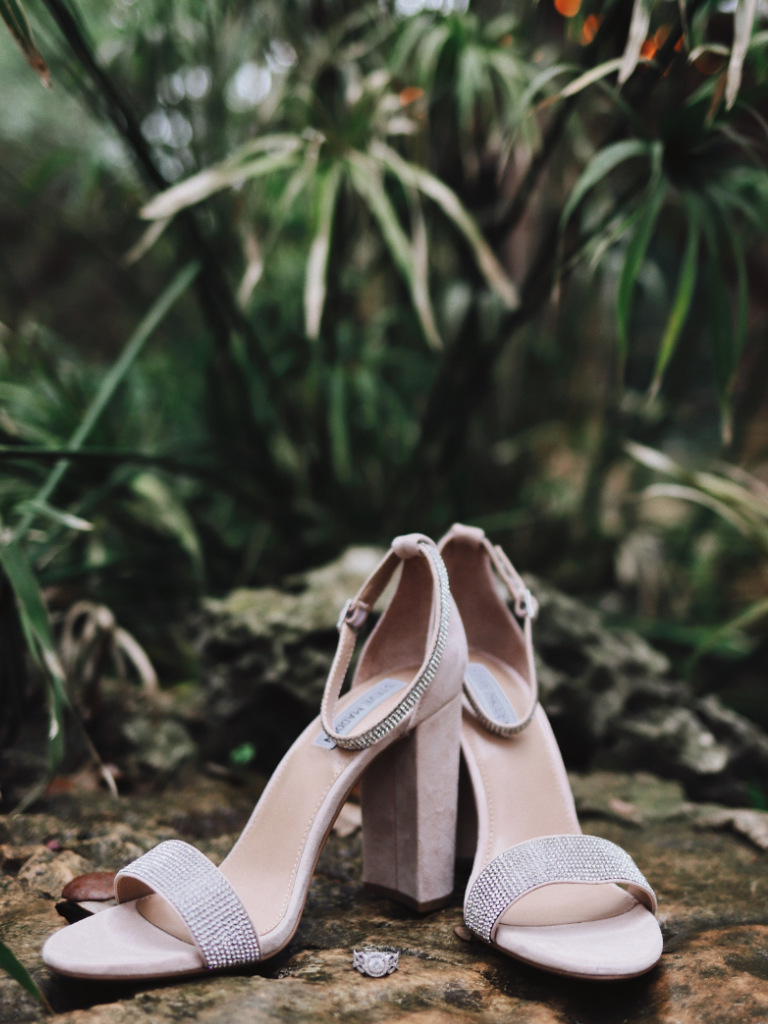The Surgeons Perspective
I first met Charlotte Chandler in clinic in February 2021. She had a classic bunion which is also called hallux valgus. She had had the lump removed in a procedure called a bunionectomy in London 7 years before but unfortunately the lump had come back as they often do with this procedure.
She was a good candidate for surgery in every respect except for one. She suffered from chronic lymphoedema in both legs as a complication of previous illness. Following foot and ankle surgery, and bunion operations in particular, swelling is a significant risk. This can result in pain, leaky wounds and if you are very unlucky infection.






